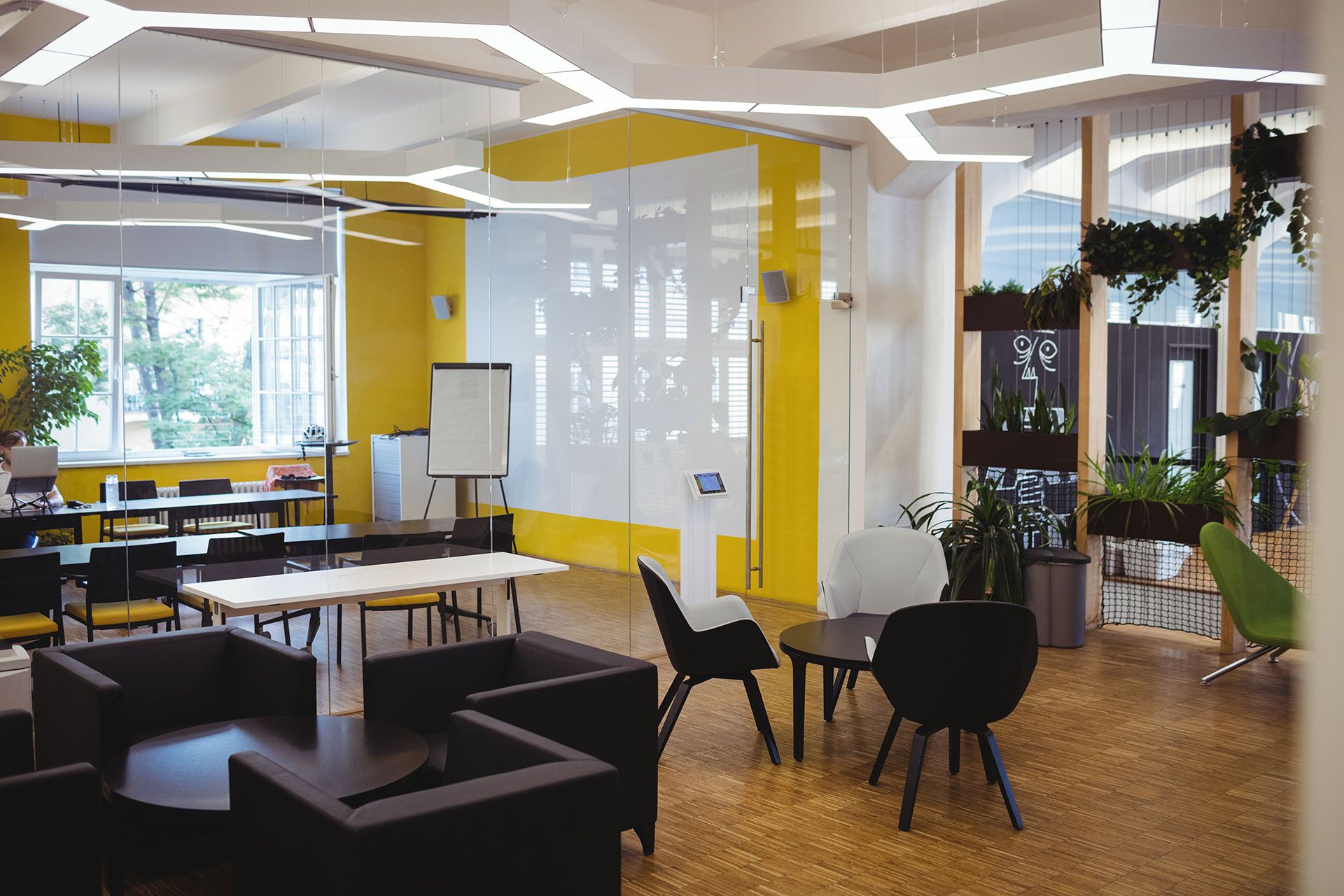Since the outbreak of Covid-19 happened over three years ago, millions of people's everyday lives and working patterns have been disrupted. As a result, various sectors have shifted to working from home and many of them have lost their jobs. As volatility is expected to be lower in 2022 than in recent years, many companies have begun calling their employees back to the office, as businesses are preparing to welcome employees back after more than 2 – 3 years of working from home. Though one thing is clear, the days of everyone reporting to the office five days a week are long gone. A study by industry body NASSCOM and job listings portals indeed has found more than 50 percent of the workforce is likely to return to offices for up to three days a week.
The Transition To Hybrid Work Model
When the pandemic hit both large and small businesses switched to remote working, they had no choice but to develop the processes and IT infrastructure that would allow them to work from home. They learned and adapted quickly to evolve a system that ensures employee productivity, information security, and employee engagement. Organizations are now adopting hybrid work models to provide greater flexibility to employees while maintaining the in-person interactions that are critical for the company's community and culture.
Hybrid work is a people-first approach to workforce management that increases productivity and job satisfaction. It is always preferable to have the best of both worlds, which is why hybrid work may be the best combination. The hybrid work model typically combines working from the office and also from home providing the advantages of both. Teams with hybrid work are typically made up of employees who work from both the office and remote locations. Many organizations have already begun implementing this model for their employees and are seeing tremendous success in terms of employee satisfaction and productivity.
Advantages Of Hybrid Work Model
A hybrid work model provides several advantages including increased productivity and employee satisfaction, increased opportunities for continuous learning, stronger collaborative dynamics, work relationships and improved mental health outcomes for employees. The flexibility provided by hybrid work is unparalleled because it provides employees with what they have been demanding for years – a healthier and improved work-life balance. A hybrid workplace values the employee and promotes a better work-life balance. It is also a more cost-effective workplace. Organizations can save a lot in real estate and office maintenance costs by reducing their reliance on large-scale offices.

Hybrid workplaces can help organizations prepare for potential future lockdowns, creating a crisis-resistant culture. With many employees already working from home, the companies can easily shift back to a completely remote environment if necessary. Employees usually can better leverage their strengths as the hybrid work model becomes more flexible and positively impacts productivity. A hybrid work model allows for face-to-face communication and collaboration, which promotes healthy team building and as a result it improves employee collaboration. However, as businesses continue to evolve and adapt to the uncertainties of crises, creating a successful hybrid workplace for employee’s collaboration, productivity, and growth. This will necessitate some careful preparation and planning.
Conclusion
The transition to a hybrid workforce model is unavoidable, but the organizations must concentrate on the employee’s changing needs and behaviors. Companies will see superior efficiency, reduced operational costs and revived administrative jobs if they implement a hybrid work model. With global corporations such as Nationwide, Citigroup, Ford Motor Co., IBM, and General Motors Co. all opting for the hybrid work model, it has evolved as the primary return-to-work solution. Not only new-age companies but also some old economy companies are abandoning the mandatory five-day work-from-office norm in favor of a flexible hybrid work model for certain segments of the workforce. Companies like Ceat, Tata Steel, ITC, Mahindra Finance, Thermax, and Forbes Marshall offer flexible work options. Finance, human resources, legal, accounting and various tech roles are among the functions that are increasingly becoming available for hybrid work. This shows the significance of talent outflow from many established large companies to new-age startups that adopted flexible work cultures.
To be successful, the hybrid workplace must be well planned and executed, rather than being treated as a novel experiment. The hybrid workspace model is a long-term solution for the future of work. It is about structuring and balancing work, safety, communication, and mental health of employees. A hybrid work model can help companies to nurture a happy, efficient and collaborative environment and employees can implement a healthy work-life balance, increase collaboration and productivity and thrive in their ideal workspace.
Recent Blogs

Company
Quick Links
